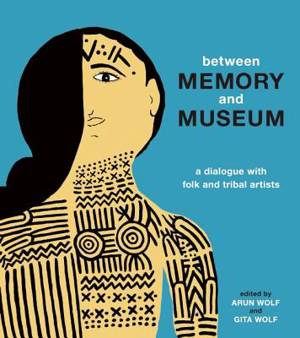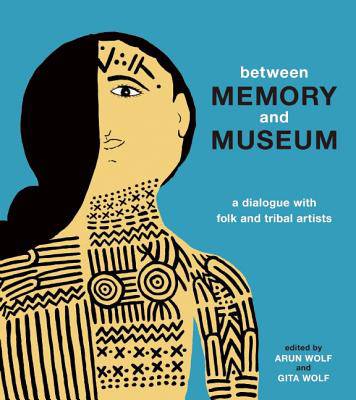
- Afhalen na 1 uur in een winkel met voorraad
- Gratis thuislevering in België vanaf € 30
- Ruim aanbod met 7 miljoen producten
- Afhalen na 1 uur in een winkel met voorraad
- Gratis thuislevering in België vanaf € 30
- Ruim aanbod met 7 miljoen producten
Zoeken
Omschrijving
India is home to a range of folk and tribal artists, from rich and varied cultural backgrounds. Much of what we learn about these communities -- who often exist on the margins of mainstream society -- is through their representation in a museum. It is a space that constructs identities in very particular ways. This pioneering dialogue with 38 extraordinary folk and tribal artists from across India focuses on the idea of a museum -- particularly for communities historically regarded as anthropological subjects. In their visual responses, artists reflect on the museum as an institution, and the way it preserves, creates and disseminates knowledge. Do these representations communicate a lived life? What are the artists' own ways of remembering and passing on tradition? And finally: who has the power to put whom in a museum?
Specificaties
Betrokkenen
- Auteur(s):
- Uitgeverij:
Inhoud
- Aantal bladzijden:
- 152
- Taal:
- Engels
Eigenschappen
- Productcode (EAN):
- 9789383145294
- Verschijningsdatum:
- 13/10/2015
- Uitvoering:
- Hardcover
- Formaat:
- Genaaid
- Afmetingen:
- 236 mm x 269 mm
- Gewicht:
- 929 g

Alleen bij Standaard Boekhandel
+ 92 punten op je klantenkaart van Standaard Boekhandel
Beoordelingen
We publiceren alleen reviews die voldoen aan de voorwaarden voor reviews. Bekijk onze voorwaarden voor reviews.











